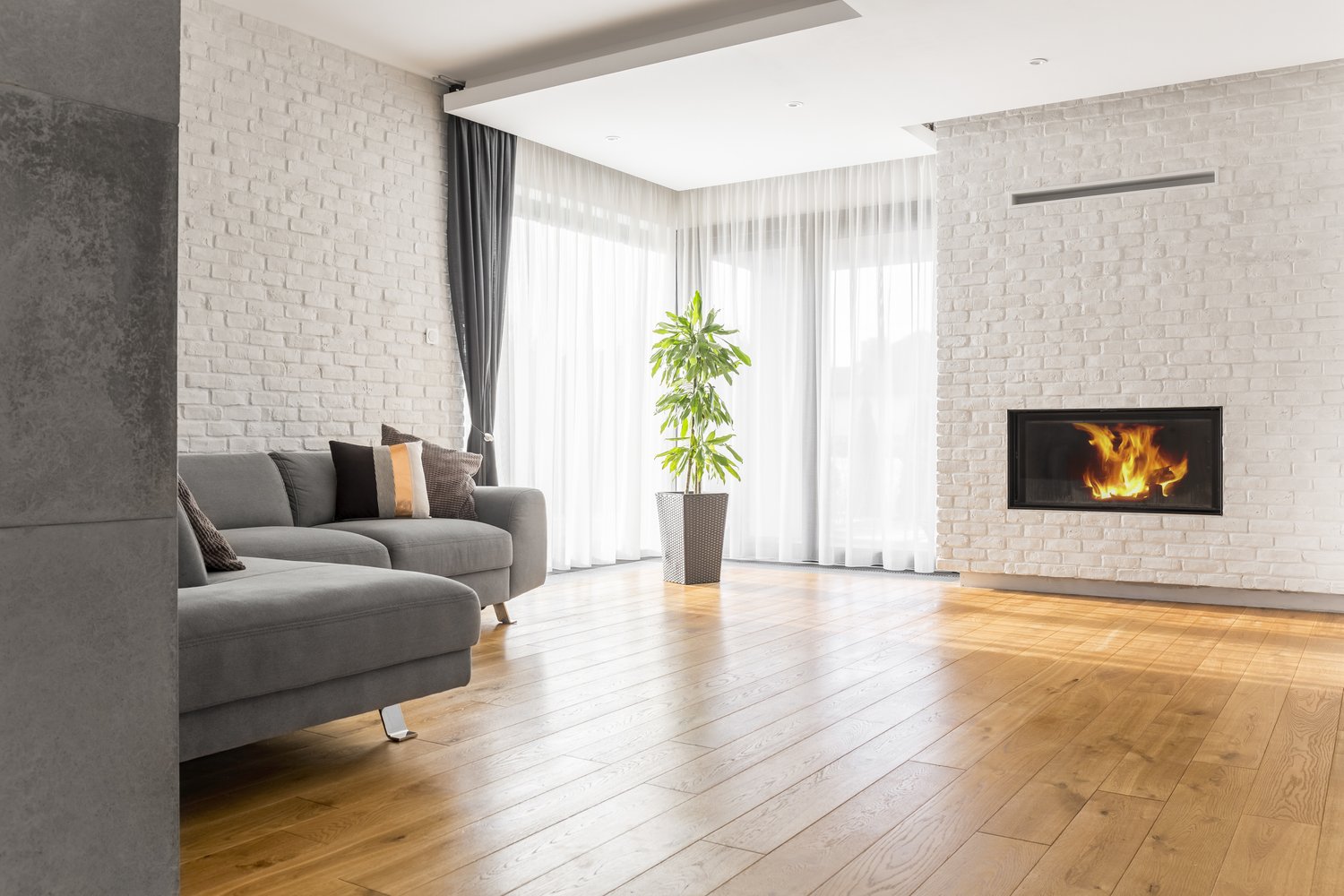Completing a home renovation project brings the excitement of enjoying your newly transformed space, but it also leaves behind a challenging cleanup task. Construction work generates fine dust that settles on every surface, along with debris that can hide in unexpected places. This comprehensive guide explores effective post renovation cleaning tips to help you thoroughly remove construction residue and restore your home to a clean, healthy living environment. Whether you’re handling the cleanup yourself or considering a professional construction cleanup service, these strategies will help you manage the aftermath of your remodeling project.
Understanding the Challenges of Post-Construction Dust
Construction dust differs significantly from everyday household dust in both composition and behavior. It contains a mixture of materials including drywall particles, sawdust, concrete dust, and insulation fibers—some of which may pose health risks when inhaled. This fine dust penetrates deeply into fabrics, settles in HVAC systems, and finds its way into the smallest crevices throughout your home. Many homeowners underestimate how persistent and widespread this dust becomes during renovation projects. Even areas far from the construction zone often require thorough cleaning, as air circulation carries these particles throughout the home. Understanding this challenge is the first step in planning an effective approach to clean dust after remodel projects.
Essential Supplies for Post-Renovation Cleaning
Tackling post-construction cleanup requires specialized tools beyond your regular cleaning supplies. Start with a HEPA-filtered vacuum cleaner, which captures fine particles that standard vacuums might recirculate back into the air. Microfiber cloths are superior to regular dusting tools, as they trap dust rather than spreading it around. You’ll also need a mop with washable microfiber pads, a bucket with clean water that you change frequently, and cleaning solutions appropriate for different surfaces. For stubborn adhesive residues, have adhesive removers on hand. Consider renting an air scrubber if your renovation was extensive, as these devices help remove airborne particles that haven’t yet settled. Investing in proper equipment makes the difference between merely redistributing construction dust and actually removing it from your home environment.
Creating a Systematic Cleaning Plan
Approaching post-renovation cleaning without a plan can be overwhelming and inefficient. The most effective strategy begins at the top and works downward, following the natural path of falling dust. Start with ceiling fans, light fixtures, and upper cabinets, then move to walls, windows, and furniture, finishing with floor surfaces. Divide your home into zones and complete one area before moving to the next. If multiple people are helping with cleanup, assign specific tasks or zones to avoid duplicating efforts. As recommended by AskHomey, scheduling your cleaning sessions during daylight hours helps ensure you don’t miss areas where dust has settled, as natural light makes fine particles more visible than artificial lighting.
Deep Cleaning Techniques for Different Surfaces
Different surfaces in your home require specialized approaches to remove construction residue effectively. For hard surfaces like countertops and cabinets, damp wiping with appropriate cleaners works best—avoid dry dusting which often just redistributes particles. Walls may need gentle washing, particularly if they weren’t part of the renovation. For flooring, vacuum thoroughly before any wet cleaning, then use appropriate methods based on your floor type: steam cleaning for tile, specialized wood cleaners for hardwood, or carpet shampooing for carpeted areas. Window treatments require special attention—consider professional cleaning for expensive curtains or blinds, as construction dust can damage these items if improperly cleaned. HVAC vents should be vacuumed and possibly removed for deeper cleaning, and don’t forget to replace your HVAC filter to prevent recirculating construction particles throughout your home.
When to Consider Professional Construction Cleanup Services
While many homeowners attempt post-renovation cleaning themselves, certain situations warrant calling in a professional construction cleanup service. Large-scale renovations, particularly those involving multiple rooms or an entire home, often generate too much debris for practical DIY cleaning. Projects that included hazardous materials like lead paint in older homes or extensive drywall dust require specialized equipment and knowledge that professionals provide. If you have allergies, respiratory issues, or physical limitations that make intensive cleaning difficult, professional services offer a healthier alternative. Many construction cleanup specialists use industrial-grade equipment unavailable to consumers, including powerful HEPA vacuum systems and air scrubbers that can remove even microscopic particles from your home environment.
Maintaining Cleanliness After Initial Post-Renovation Cleaning
Construction dust can continue to appear for weeks after your initial cleaning efforts. This occurs because some particles remain airborne or hidden in crevices, only to settle on newly cleaned surfaces later. Plan for follow-up cleaning sessions in the weeks after your renovation. Replace HVAC filters more frequently than usual for the first few months post-renovation. Consider running air purifiers with HEPA filtration to capture lingering airborne particles. Damp dusting horizontal surfaces regularly helps collect residual dust before it spreads. This persistent approach ensures that all construction residue is eventually eliminated from your living space, allowing you to fully enjoy your newly renovated home without ongoing dust concerns.
For more tips and to connect with reliable home service professionals, follow AskHomey on Facebook and Instagram.



